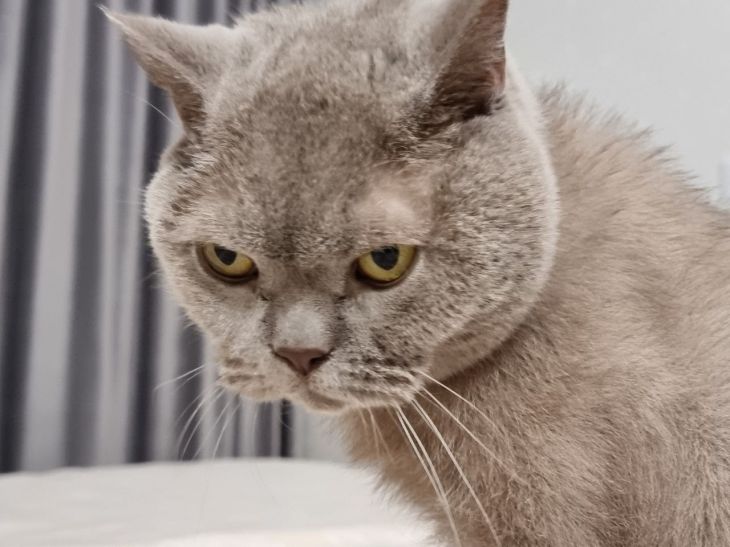In domestic cats, the instincts inherent by nature for survival in an aggressive environment are very pronounced.
This happened because they lived close to humans, but humans did not participate in their breeding until recently. One of the clearest examples of "survival behavior" are the signs that a cat shows to avoid conflict.
After all, in the wild, conflict often ends fatally, if not in the fight, then after it (a wounded animal cannot survive).
Every owner should know when a cat is showing that it is ready to submit and not to conflict.
Sign one: attempts to avoid gaze
This sign is familiar to every owner, but most people interpret it incorrectly. You raised your voice, punished the animal, or demanded that it do something (for example, get off the table). In response, the pet turns its muzzle away, trying in every way to avoid looking. Owners consider this behavior an insult, a sign of disobedience, and impudent disregard.

But in reality, the cat is showing that it has noticed your threatening behavior and is ready to obey. And if you punished it, then such behavior can continue for quite a long time. This is not an insult. The cat simply does not want to run into trouble again and shows you its humility.
Sign two: wide-set ears
When a cat presses its ears to its head, it is a sign of readiness to fight. But when the ears are not pressed, but simply spread horizontally (or pulled back), it indicates alertness, but an unwillingness to enter into conflict.
Sign three: a squinted look
When a beloved owner strokes the cat's back, and the cat itself is well-fed and healthy, it blissfully squints its eyes, which indicates pleasure. But if a cat squints its eyes in a tense situation (another cat, the owner's stern voice), this indicates an unwillingness to enter into an open conflict. In the wild, staring into the eyes of an opponent is regarded as aggression. This is why it is not recommended to look into the eyes of an unfamiliar dog, as this can provoke it to attack.
A cat, when it needs to watch for a source of danger, can do so by squinting its eyes. This softens its gaze, making it non-aggressive.
These are the most common signs that cats show when they want to avoid conflict and are ready to submit. However, do not think that after such a signal the animal will not change its mind. Its mood and behavior can change in a split second, depending on the situation.








